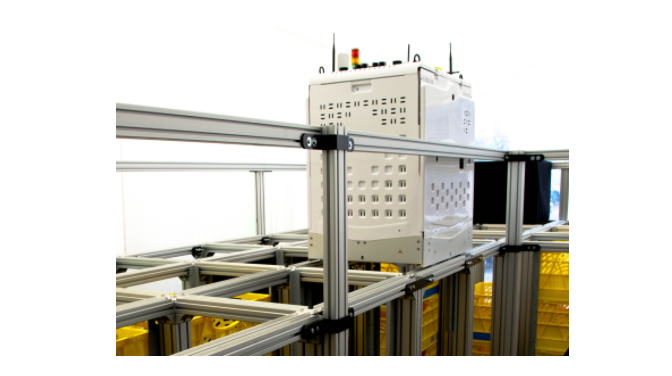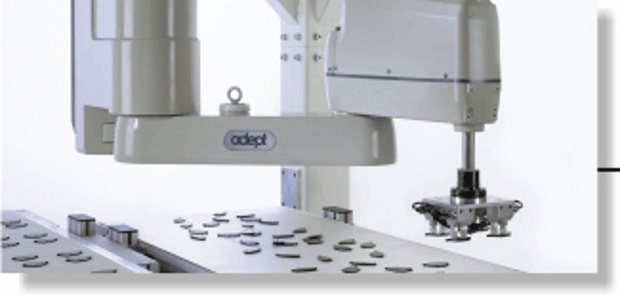As robots slowly replace the need for human manpower in warehouses, the need to manage them at faster rates grows as well. British online grocer, Ocado, may have found the answer in 4G.
Ocado, the world’s largest dedicated online grocery retailer with over 500,000 active customers, needed a way to communicate with its 10,000 robots in its warehouse concurrently. The answer? Turning to 4G.
First the company tried Wi-Fi, but quickly abandoned that route when issues of scalability arose. Ocado needed to manipulate thousands and thousands of robots at the same time, knocking Wi-Fi out of the running.
That’s when the online grocer turned to Cambridge consultants who specialize in radio frequency and digital signal processing.
Alongside its Cambridge partners, Ocado was able to create a working prototype within two years using the unlicensed 4G spectrum for warehouse automation. The key word here is ‘unlicensed’, as it means that Ocado can deploy the robots anywhere in the world using this 4G spectrum. Taking the system private also minimized handshake and eliminated roaming aspects, improving performance and overall complexity.

The Ocado robot in action.
With features such as dual network and power links, the robots can be upgraded without stopping its operation, and can automatically recover from network and power outages. Ocado “guarantees a connection ten times a second to each of the 1,000 client hosts per base station – all working within a 150-metre radius.”
The Ocado 4G robots are still in its infancy, and the company hasn’t stopped work on advancing the technology they’ve created.
In the meantime, Ocado has launched its Ocado Smart Platform (OSP), its proprietary solution for online retail businesses that uses end-to-end software and technology systems that it has created to replicate its technology for partners across the world. By using the unlicensed 4G spectrum, the company is able to replicate its processes anywhere in the world without going through the process of additional licensing in different regions.
To learn more about its OSP, you can read about it here.





